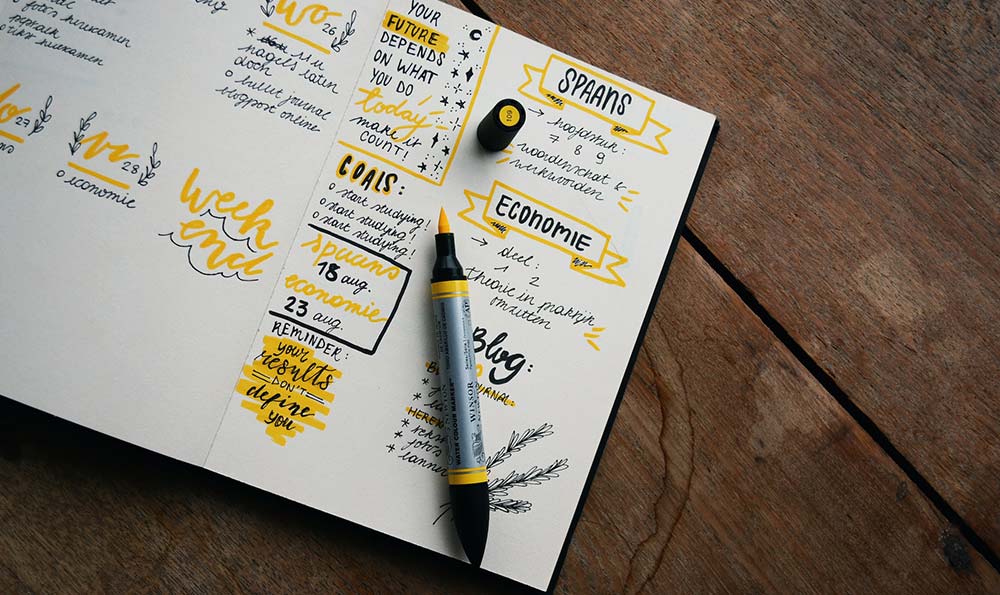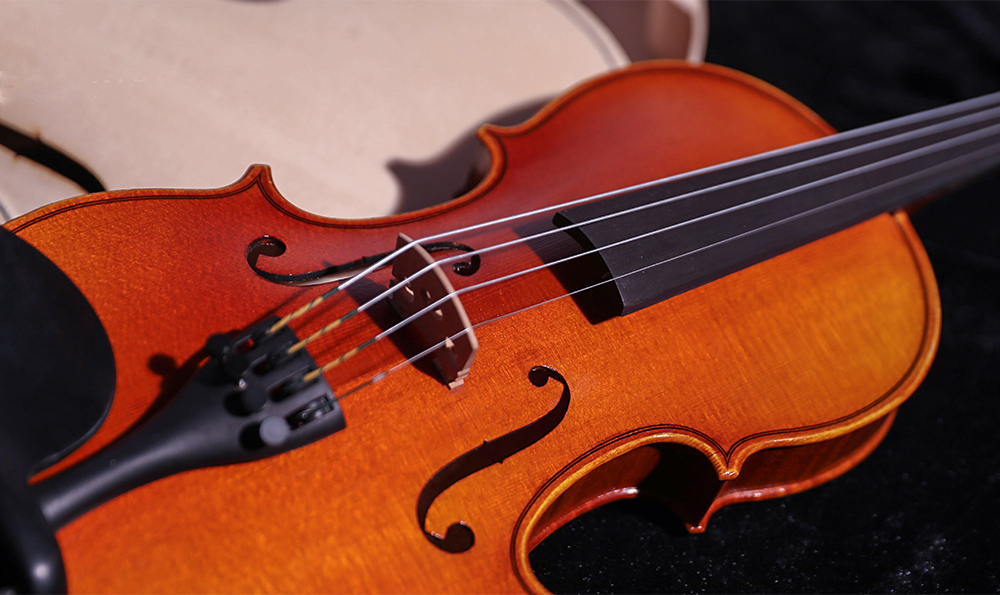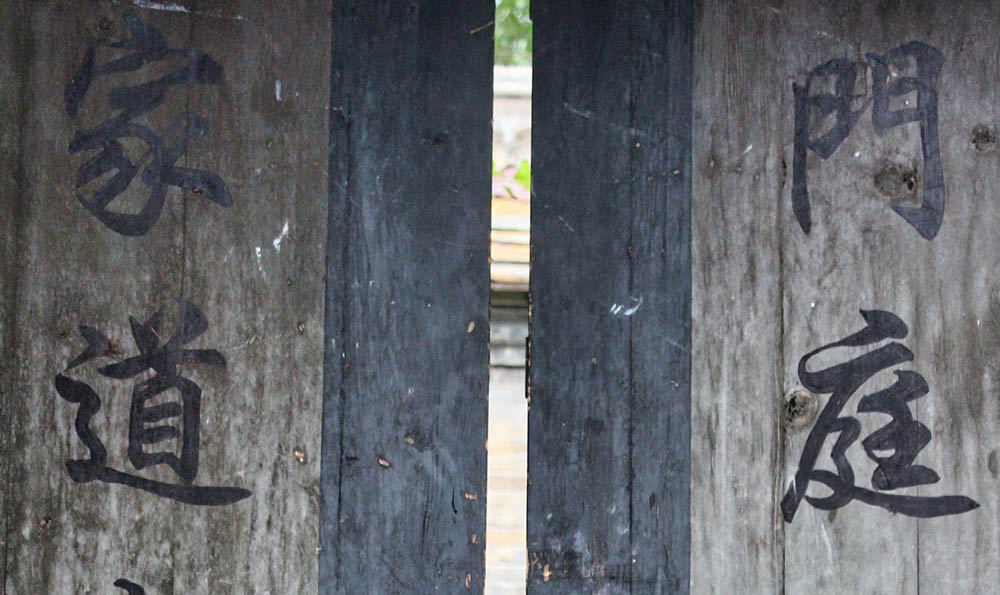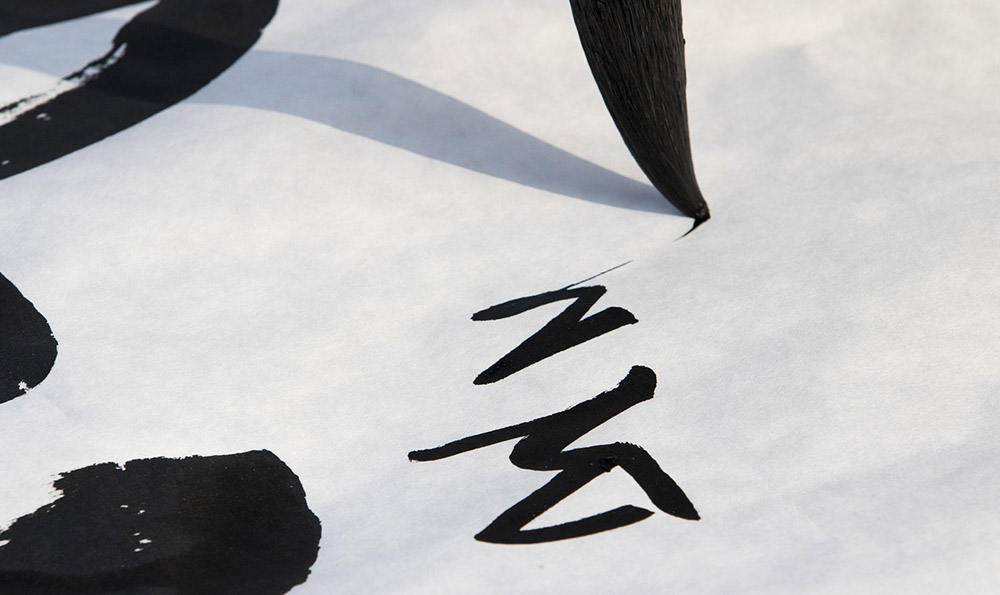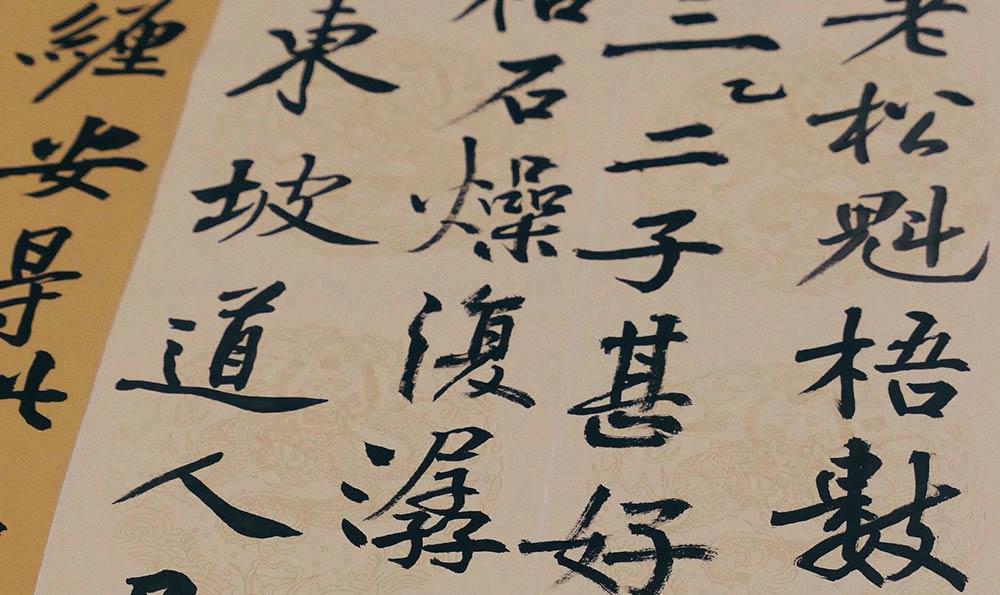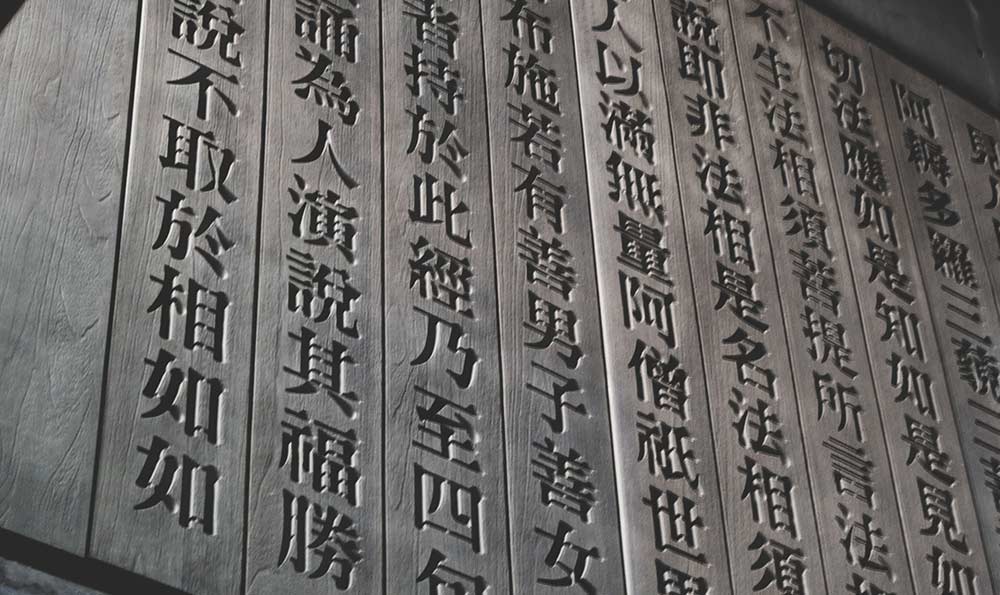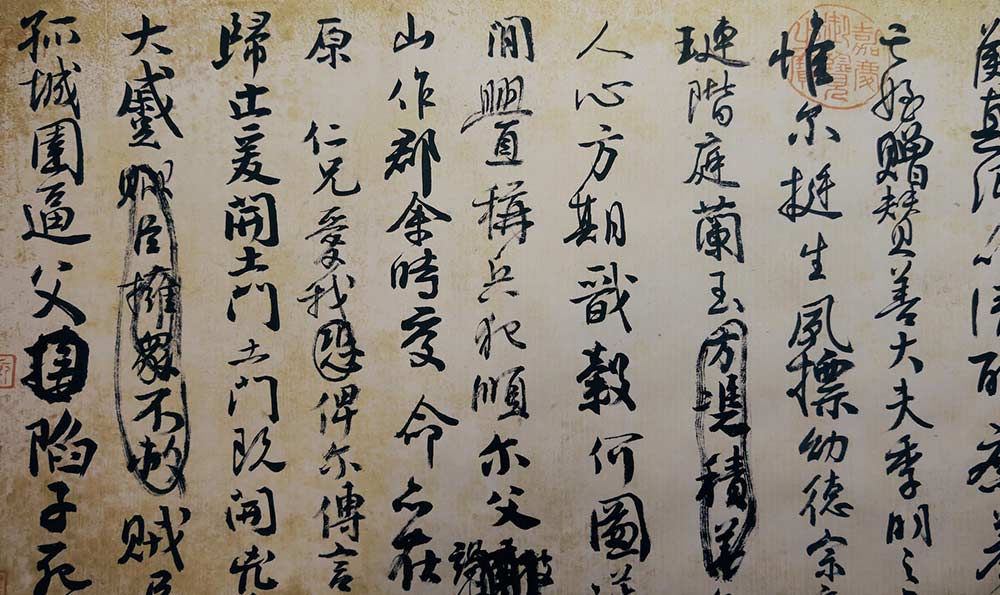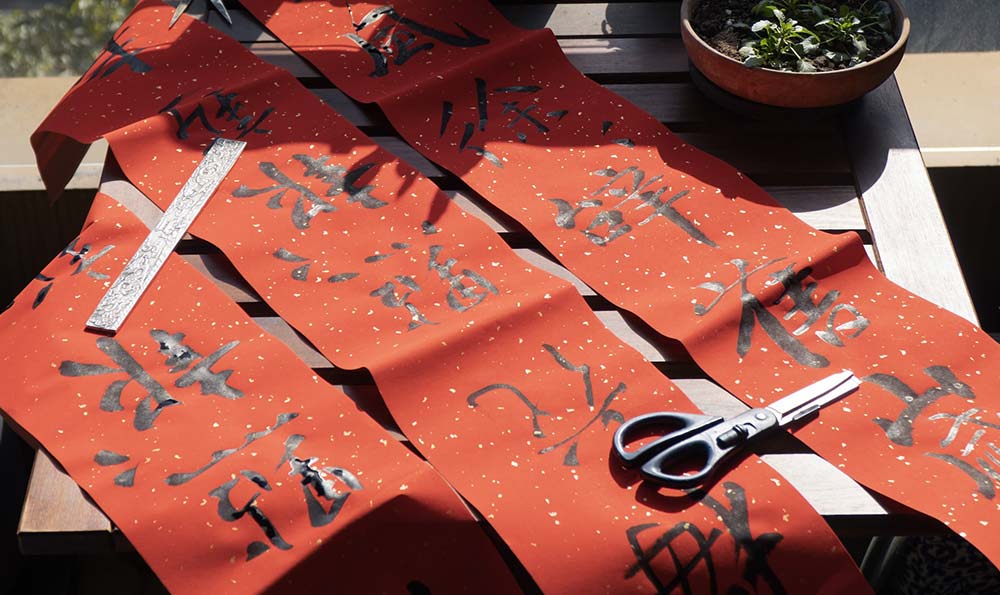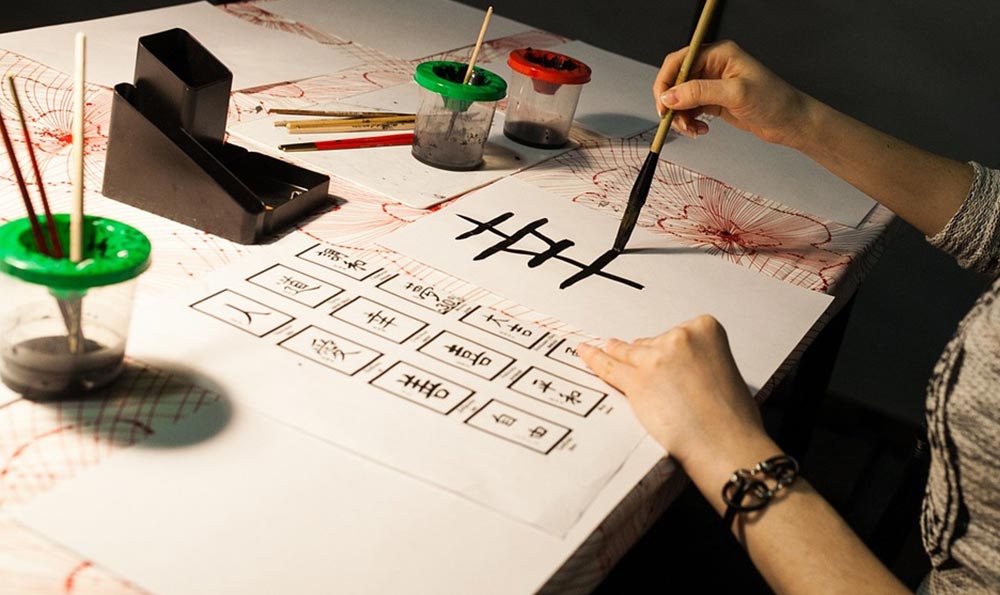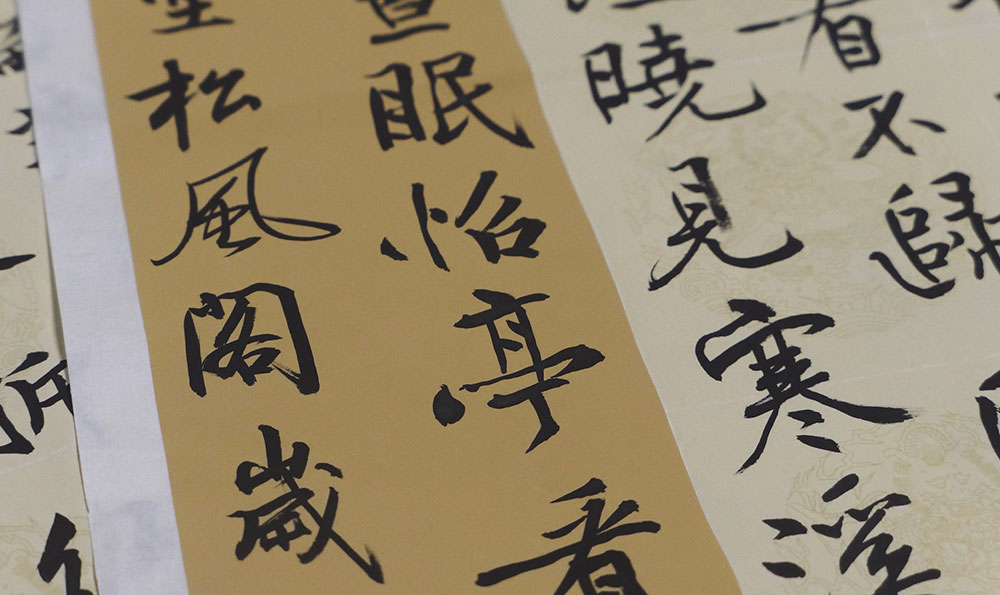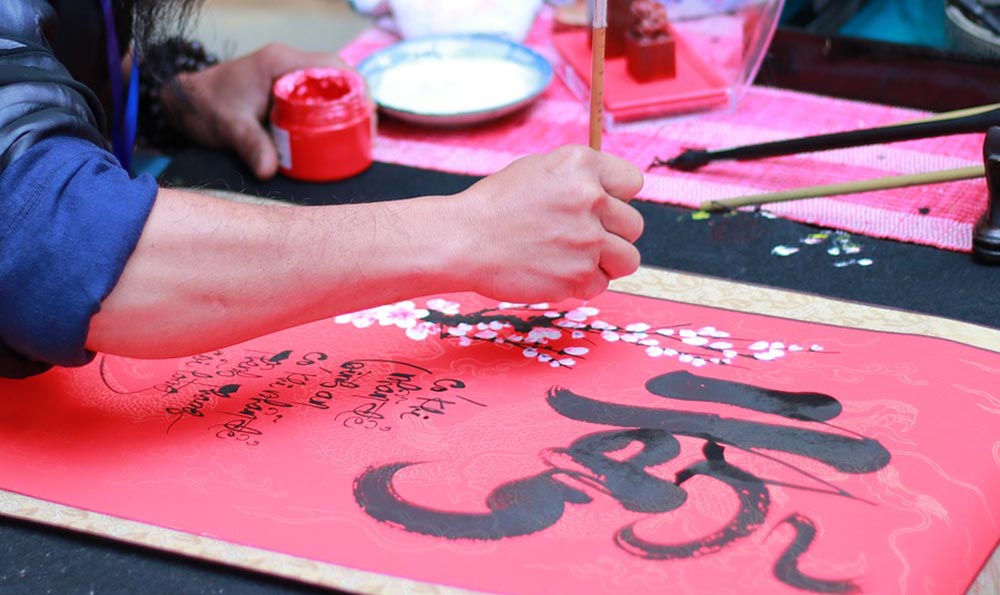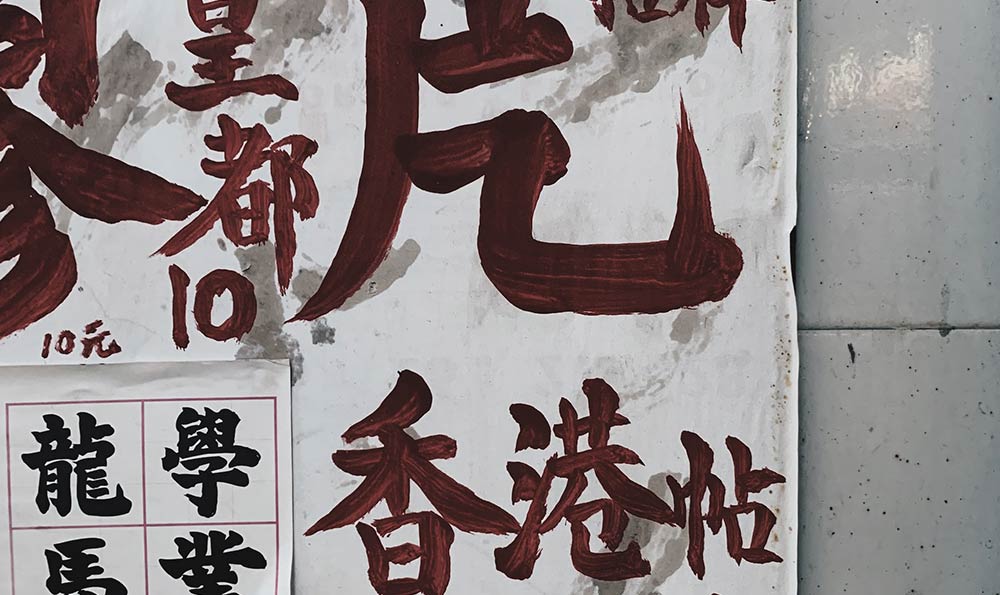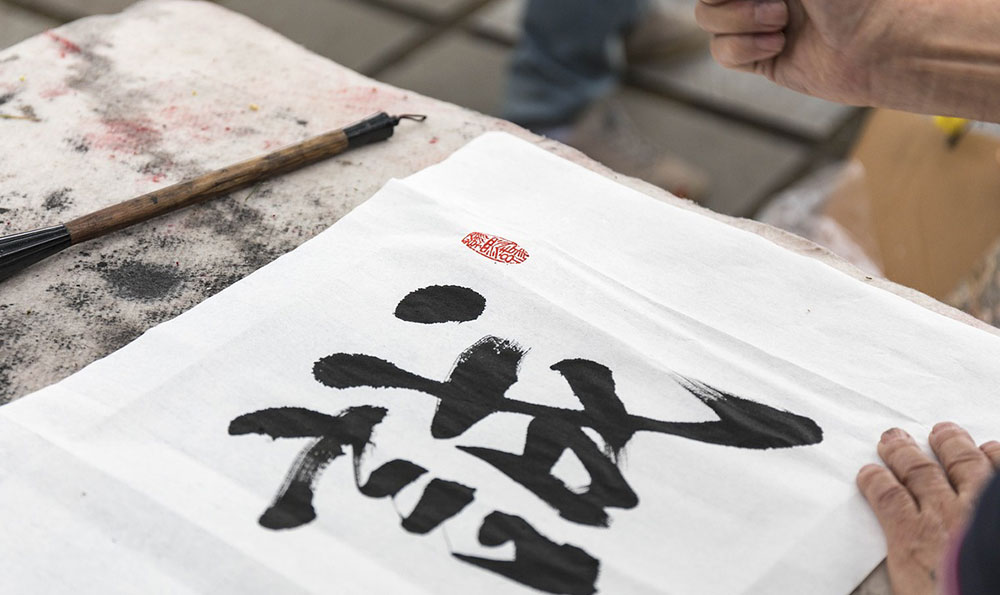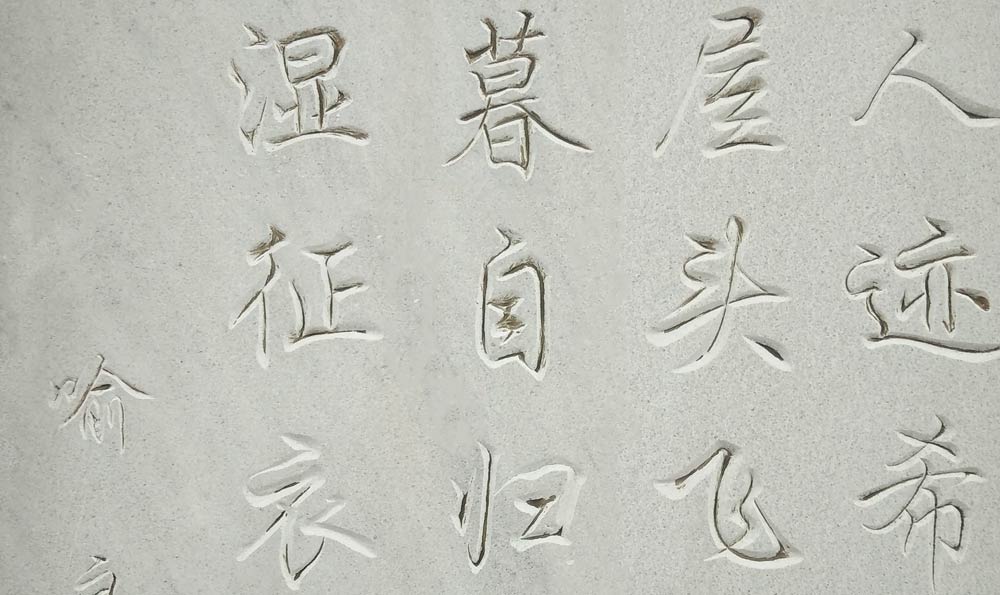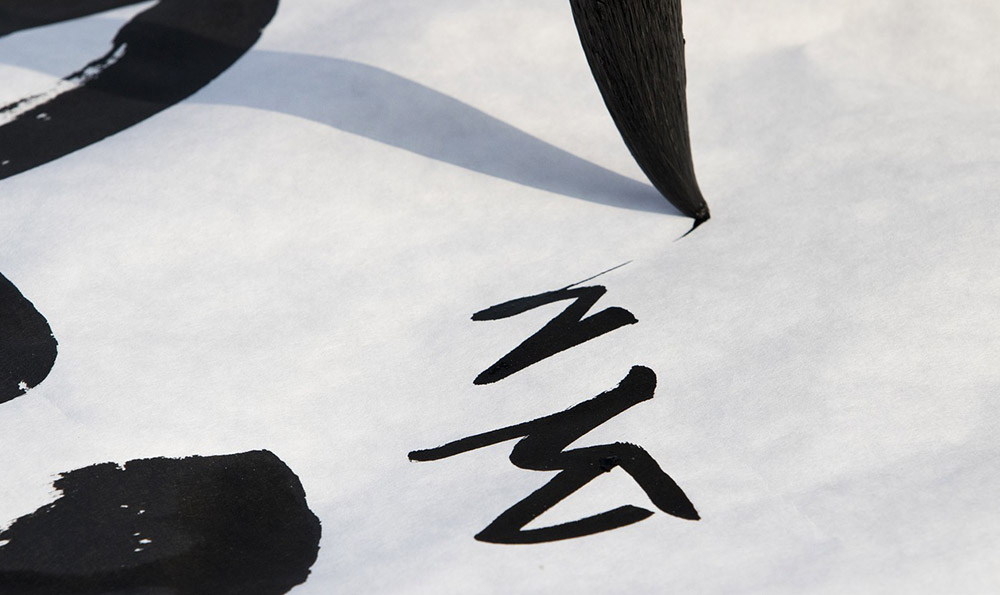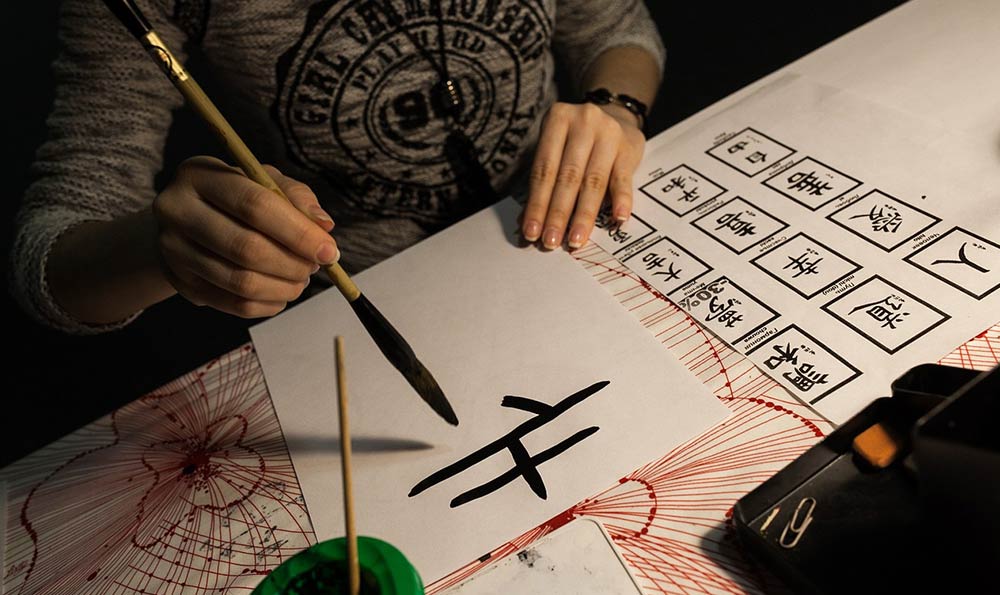当代行书字体在现代社会中越来越受欢迎。这种字体的独特之处在于其优雅的笔画和舒展的曲线,使得其在书法艺术领域中备受赞誉。下面的文章将介绍当代行书字体的特点和优势。

1. 优雅的笔画和曲线
当代行书字体的一大特点是其优雅的笔画和曲线。每个字的构造都经过精心设计和勾勒,使得每个字都充满了艺术的美感。这种字体在书写时注重每个笔画的细节和流畅性,使得整体效果非常出色。
2. 简洁和清晰的外观
当代行书字体不仅具有优雅的外观,还非常简洁和清晰。每个字的形状和结构都经过精心排列和调整,使得字体整体呈现出一种和谐的美感。这种字体通常没有太多的繁复和花俏的装饰,更注重字形的简练和清晰。
3. 独特的个性和风格
当代行书字体具有独特的个性和风格,可以满足不同人的需求。无论是在宣传设计中使用还是在书法创作中运用,当代行书字体都能展现出独特的个性和风格。这种字体可以根据书写者的需求和风格进行调整和定制,以体现个人特点。
4. 受到广泛认可和好评
当代行书字体在书法界和设计界都获得了广泛认可和好评。其独特的艺术魅力和专业水准,使得其成为许多书法爱好者和设计师的首选。越来越多的人开始关注和学习当代行书字体,以展示自己对艺术的追求和热爱。
5. 广泛应用于不同领域
当代行书字体的优美外观和独特风格使得其被广泛应用于不同领域。无论是在广告设计、标志设计还是在书法作品中,当代行书字体都能起到独特的装饰效果。其简洁、清晰和优雅的特点可以使得文字更加突出和引人注目。
当代行书字体在现代社会中备受喜爱和追捧。其优雅的笔画和曲线、简洁和清晰的外观、独特的个性和风格以及广泛应用于不同领域,使得当代行书字体成为现代书法艺术中不可或缺的一部分。人们对于这种字体的喜爱和追求,体现了对于传统文化的尊重和追溯,也体现了人们对于美的追求和追求艺术的热爱。
黄行书字体怎么写好看
引言

黄行书字体,是一种优美且具有独特艺术风格的书法字体。在书法爱好者中,黄行书字体备受欢迎。要想将黄行书字体写得好看,需要掌握一定的技巧和方法。本文将通过定义、分类、举例和比较等方法,系统地阐述黄行书字体写作的相关知识。
正文
一、黄行书字体的定义
黄行书字体,是以中国传统书法为基础,加入现代审美理念而创作的一种书法字体。它具有浓厚的中国文化气息,融合了汉字的韵味和艺术感染力,在传达信息的也能给人带来审美的享受。
二、黄行书字体的分类
根据黄行书字体的书写形式和用途,可以将其分为行书、楷书、草书等几种类型。每一种类型都有其独特的特点和适用范围。行书适用于书写篆刻、宣纸字画等,楷书则常用于书写字帖和书法作品,草书则常用于快速书写和书法创作等。
三、黄行书字体的写作技巧
1. 笔画要流畅有力:黄行书字体强调笔画的变化和流动感,在书写时要注重笔画的流畅和有力。要合理掌握用笔的力度,使得笔画有韵律感,并且要注意每一笔的起笔和收笔的转折处。
2. 构图要合理稳定:黄行书字体的构图要合理稳定,避免出现倾斜、扭曲等现象。要注重字形的对称性和平衡感,使得整体布局和谐统一。
3. 用色要得当:在书写黄行书字体时,用色也是至关重要的。要根据不同的场合和需要,选择合适的颜色搭配。用色要得当,既要保持字体的清晰可辨,又要增添美感和艺术效果。
四、黄行书字体的举例
下面是一些黄行书字体的举例,以便更好地理解和掌握其特点和风格。
1. 行书:“行如流水,如山鸟飞”;
2. 楷书:“千里之行,始于足下”;
3. 草书:“人生若只如初见”。
这些示例展示了黄行书字体的不同类型和应用场景,同时也展现了其独特的艺术魅力。
五、黄行书字体与其他字体的比较
与其他一些书法字体相比,黄行书字体具有独特的个性和魅力。相对于楷书而言,黄行书字体更加流畅,更有动感;相对于草书而言,黄行书字体更加稳定,更加易读。黄行书字体在书写时注重韵律和美感,注重形与神的统一,给人以愉悦和舒适的感觉。
结尾
通过对黄行书字体的定义、分类、举例和比较等方法的阐述,我们对于如何将黄行书字体写得好看有了更深入的了解。在书写黄行书字体时,流畅有力的笔画,合理稳定的构图,得当的用色是关键。只有在不断磨练和实践中,我们才能不断提高书写黄行书字体的技巧,写出更好看的作品。
How to Write Huang Xing Calligraphy Font Beautifully
Introduction
Huang Xing calligraphy font is a beautiful and unique style of Chinese calligraphy. It is widely popular among calligraphy enthusiasts. However, to write Huang Xing calligraphy font beautifully, certain techniques and methods need to be mastered. This article will systematically discuss the knowledge related to writing Huang Xing calligraphy font using methods such as definition, classification, examples, and comparisons.
Body
1. Definition of Huang Xing Calligraphy Font
Huang Xing calligraphy font is a style of calligraphy that combines traditional Chinese calligraphy with modern aesthetic concepts. It embodies the rich cultural heritage of China and incorporates the charm and artistic appeal of Chinese characters. It not only conveys information but also provides an aesthetic experience.
2. Classification of Huang Xing Calligraphy Font
Based on the writing style and purpose, Huang Xing calligraphy font can be classified into several types such as Xing Shu, Kai Shu, Cao Shu, and more. Each type has its distinct characteristics and applications. For example, Xing Shu is suitable for seal carving and Xuan paper paintings, Kai Shu is commonly used for calligraphy copybooks and calligraphy works, and Cao Shu is often used for rapid writing and calligraphy creation.
3. Techniques for Writing Huang Xing Calligraphy Font
1. Smooth and powerful strokes: Huang Xing calligraphy font emphasizes the variation and flow of strokes. Therefore, when writing, it is important to pay attention to the smoothness and power of the strokes. Proper control of the pen pressure is necessary to give the strokes a rhythmic flow. Attention should also be given to the starting and ending points of each stroke.
2. Proper and stable composition: The composition of Huang Xing calligraphy font should be proper and stable, avoiding tilting or deformation. It is essential to ensure symmetry and balance in the shape of the characters, creating a harmonious and unified overall layout.
3. Appropriate use of colors: The use of colors is also crucial when writing Huang Xing calligraphy font. Different colors should be selected according to different occasions and needs. The colors should not only maintain the clarity of the font but also add aesthetic and artistic effects.
4. Examples of Huang Xing Calligraphy Font
Here are some examples of Huang Xing calligraphy font to better understand its characteristics and style:
1. Xing Shu: "Flow like water, fly like birds over mountains."
2. Kai Shu: "A thousand-mile journey begins with a single step."
3. Cao Shu: "If life were as when first we met."
These examples demonstrate the different types and applications of Huang Xing calligraphy font and showcase its unique artistic charm.
5. Comparison with Other Fonts
Compared to other calligraphy fonts, Huang Xing calligraphy font possesses distinctive personality and charm. Compared to Kai Shu, Huang Xing calligraphy font is more fluid and dynamic, while compared to Cao Shu, it is more stable and readable. Huang Xing calligraphy font emphasizes rhythm and aesthetics in writing, achieving a harmonious integration of form and spirit, providing a pleasant and comfortable experience.
Conclusion
Through the discussion of the definition, classification, examples, and comparisons of Huang Xing calligraphy font, we have gained a deeper understanding of how to write it beautifully. Smooth and powerful strokes, proper and stable composition, and appropriate use of colors are the key to writing Huang Xing calligraphy font beautifully. Only through continuous practice and improvement can we enhance our skills in writing Huang Xing calligraphy font and produce more beautiful works.
行书什么字体好看硬笔
行书是一种源远流长的书法艺术,它以洗练简练的笔画和独特的风格吸引了众多书法爱好者的关注。要想写一篇关于行书字体的好看性和硬笔书法的文章,就需要对行书字体和硬笔书法进行深入的研究和比较。

行书字体之所以能够被许多人视为好看,因为它的笔画简洁而富有力量感。行书以其独特的“骨骼”结构,通过笔画的精炼和勾勒,展示出了强烈的艺术张力。这种简洁而有力的笔画不仅能够表现出行书的美感,还能够让人们在观赏时感受到一种独特的审美享受。
与行书相比,硬笔书法字体的好看性则更多地体现在其规范和整齐方面。硬笔书法借助硬笔,使字迹更加规整而端庄,给人以一种沉稳和庄重的感觉。与行书相比,硬笔书法字体的线条更加清晰,字形更加规范,书写时的笔画厚薄和字间距离的大小都能够得到更好的控制。这种整齐和规范使硬笔书法字体具备了一种求新求变的需求。
行书和硬笔书法之间的比较不仅仅只局限于字体的好看性方面,还需要考虑到适用场合和书法的个性化需求。在书法的实际应用中,不同场合对字体的要求也是不同的。在书法作品的创作中,行书字体的独特韵味和张力更能够满足创作者对作品的个性追求,而在日常生活中的书写和公文文件的起草中,则更多地需要硬笔书法字体的整齐和规范,以表达出正式的、端庄的氛围。
行书和硬笔书法都有其独特的艺术魅力和适用场合。行书字体以其简洁而有力的笔画展现出了独特的韵味和张力,而硬笔书法字体则以其整齐和规范展现出了一种求新求变的追求。在选择行书字体和硬笔书法字体时,我们需要根据实际需求和个人喜好来进行选择。无论是行书还是硬笔书法,它们都是书法艺术中的瑰宝,值得我们细细品味和探索。






